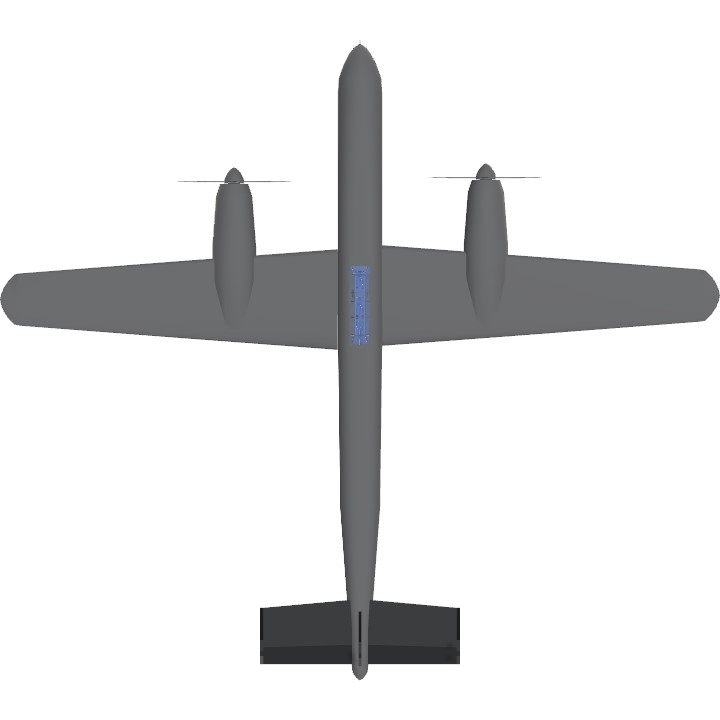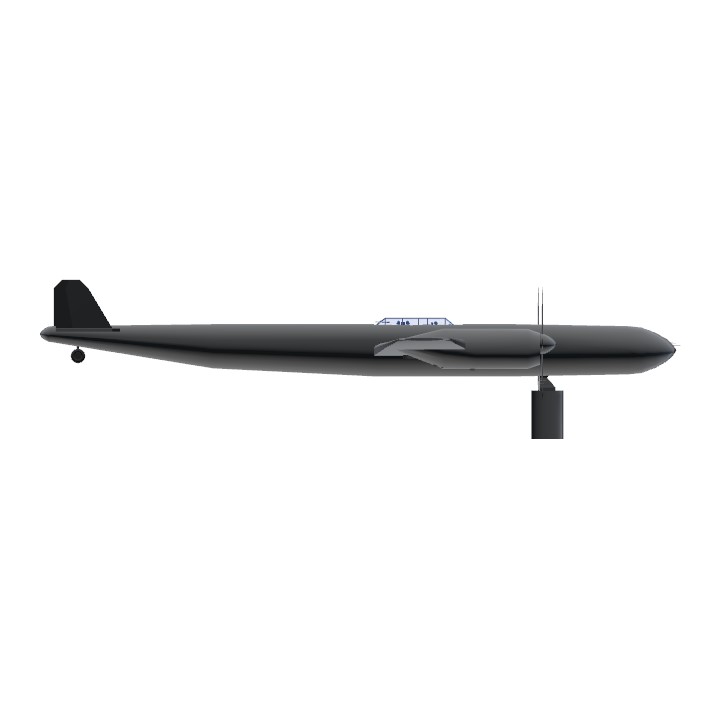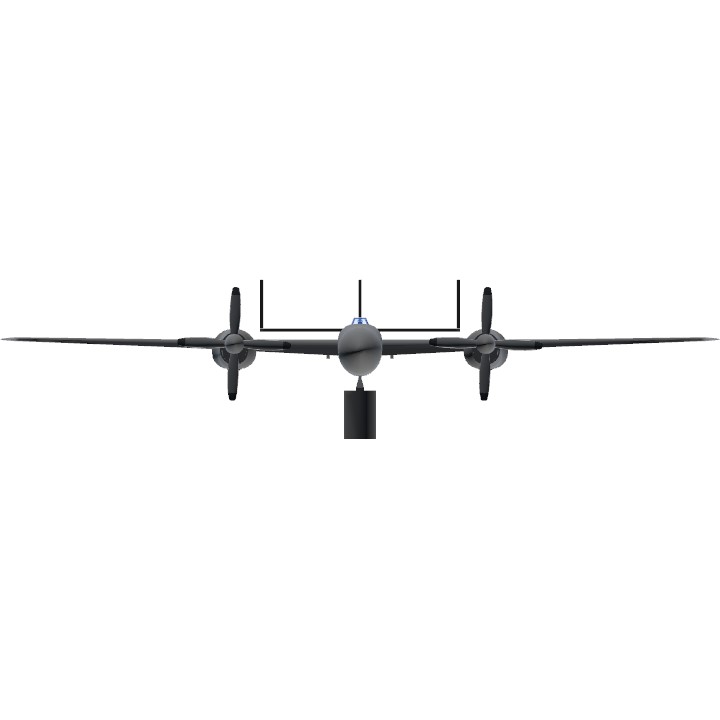Number Built: 1239
First Flown: 1926
Adopted(By the Tri-Regional Army):1928
Original Name(Long Designation): Jouto-Ude Type 88 Fighter
Short Designation: Jouto-Ude D1J "Chie"
In 1925, shortly after the Jouto, Ronin and Katsuya regions gained independence of Japan proper, Japan had sought that no aircraft were allowed to serve within the armies. A proper navy hadn't been formed yet, but Japan and the Jouto, Ronin and Katsuya regions, now named "South Japan" had agreed to have a limited air force for self defense purposes. For that reason, the bomber capacity was limited to what could fit on an aircraft carrier, forbidding medium and heavy bombers from being built. The new monarchial officials had published specification K-88, which called for a patrol fighter with heavy armaments, a payload capacity of 3500 pounds, an internal bomb bay and a speed exceeding 200 miles per hour above 18000 feet. Jouto-Ude tackled the challenge head-on, and produced Model-115. The aircraft that came out was the size of a bomber, had a three person crew, consisting of a pilot, copilot, and gunner, and was powered by 2 Jouto-Ude I-1 Engines, of which the engine was a Boxer-12 with a cross plane crank to accommodate the Dyer-type 6-stroke system. The engine would be inherently air cooled. To meet the needs for altitude demand meant having a turbocharger installed on each engine, the co-pilot, who served as in-flight engineer as well, regulated the turbocharger pressure. The pilot operated the weapons systems. Model-115 proved a novel concept, outrunning and outdistancing every contemporary fighter, but due to her massive size, could not be nearly as maneuverable. The Army, however, understood that speed was of growing importance, and adopted Jouto-Ude's design, as opposed to the others due to the non-standard engines built being notoriously unreliable, and the plane was designated the D1J.
Versions:
D1J(1): Original model, armed with 2 7.62mm Type-82 machine guns, 2x Type-79 12.7mm heavy machine guns, and 2x Type-86 15mm heavy machine guns. I-1 engines drove three-bladed 124-inch fixed-pitch propellers. Gunner had a single Type-82 machine gun flexibly mounted for defensive purposes.
D1J2: 7.62mm machine guns replaced with 2x 12.7mm machine guns, fixed pitch propellers were changed into constant-speed propellers. Wings moved back to improve stability.
D1J3: 3-bladed propellers replaced with 4-bladed propellers. Armament improved again, with the 15mm machine guns replaced with a single 20mm cannon, allowing for high-explosive rounds to be used. Became adopted by the Air Force as the K-88J3
Pros and Cons:
+High firepower for the era
+Internal Bomb Bay means drag of external bombs is eliminated on lighter armament missions
+Fairly easy to handle
+Decently fast at all altitudes
+Decent turn time at high speeds
+Relatively simple engine controls
-Modest internal bomb load, can only carry 750 lbs internally
-External Bomb Rack can only carry up to 1000 lbs of bombs, and drag is increased with the added bomb load.
-Sluggish at low speeds and low altitudes
-Fairly large plane, about the same size as a bomber.
Specifications
General Characteristics
- Created On Windows
- Wingspan 73.3ft (22.3m)
- Length 65.2ft (19.9m)
- Height 16.1ft (4.9m)
- Empty Weight 15,146lbs (6,870kg)
- Loaded Weight 23,666lbs (10,735kg)
Performance
- Horse Power/Weight Ratio 0.419
- Wing Loading 37.6lbs/ft2 (183.4kg/m2)
- Wing Area 630.2ft2 (58.5m2)
- Drag Points 7210
Parts
- Number of Parts 591
- Control Surfaces 10
- Performance Cost 2,664
Required Mods
-
Hispano-Suiza 20mm Automatic Aircraft Cannon
by 14rovi
Version 1.2 (12/28/2018 9:35:05 AM)
View Mod Page




